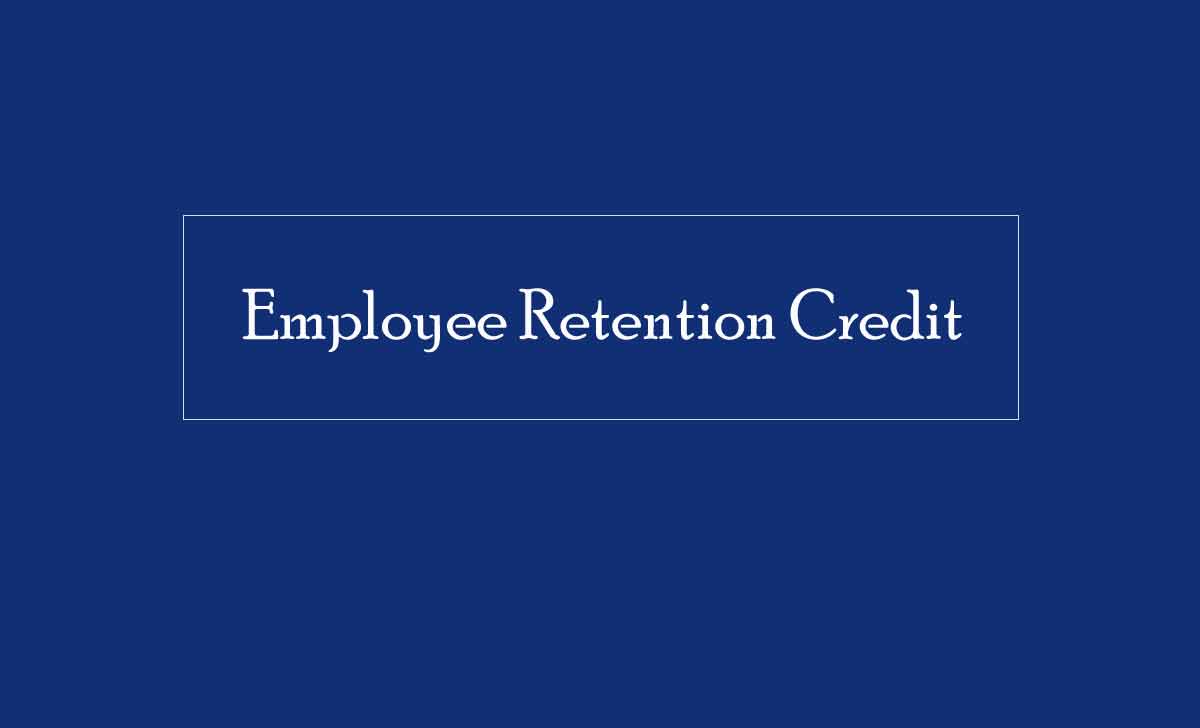The Coronavirus Aid, Relief, and Economic Security (CARES) Act established the Employee Retention Credit (ERC), a tax credit, to encourage qualifying firms to maintain their payrolls throughout the COVID-19 epidemic.
The Employment Tax Credit (ERC) is a refundable tax credit that can be used to offset some employment taxes, such as Social Security tax, Medicare tax, and federal income tax withholding.
The ERC was created to assist companies whose gross receipts have significantly decreased or have been completely or partially halted as a result of a COVID-19-related government order.

In this article we will help you understand more about employee retention credit, how to claim employee retention credit and employee retention credit formula as well.
How do I Claim Employee Retention Credit
To claim the Employee Retention Credit (ERC), follow these step-by-step instructions:
Your Business Eligibility For ERC: Based on the eligibility requirements, ascertain whether your company qualifies for the ERC.
- Employers who met the requirements and kept their staff on throughout the COVID-19 outbreak are eligible for the ERC.
- Your company’s gross receipts must have significantly decreased or been halted entirely or in part as a result of a COVID-19-related government order for it to be eligible.
- Based on the qualified earnings given to qualified workers throughout the qualifying period, determine the credit’s amount.
Note: The credit is equal to 70% of the qualified wages paid to qualified employees, up to a quarterly maximum of $10,000 per employee.
- Report the credit on Form 941, Quarterly Employment Tax Return, for the relevant quarter, or submit Form 7200 to request an advance payment of the credit. For qualifying earnings paid between March 13, 2020, and December 31, 2021, you may be eligible for a credit.
- Fill out Form 941 completely and on time, including the ERC part.
- Keep thorough records and supporting evidence for your ERC claim.
- Use the credit to offset your payroll tax liabilities on Form 941, or, if the credit is greater than your payroll tax liabilities, request a refund.
Disclaimer: This guide and article is only for educational purposes for anyone, Just check the reference given below for complete details.
Employee Retention Credit Example for Business
Let’s imagine the COVID-19 epidemic significantly decreased the gross sales of a small company with 50 employees in 2020. The company paid its employees $300,000 in qualified salaries over the qualifying period, making it eligible for the ERC.
Employee Retention Credit Business Formula
The following formula would be used to get this company’s ERC
- $210,000 is equal to 70% of the qualified wages paid during the qualifying period.
- $10,000 is the maximum credit per employee.
- $500.000 is the total credit amount for 50 employees.
- The maximum final credit amount is $80,000, which is equal to the entire employer Social Security tax owing for the qualifying period.
As a result, the company would be qualified for an ERC of $80,000, which it might use to reduce its obligation to pay employment taxes or use as a refund.
Visit the Source for Complete details: https://www.irs.gov/coronavirus/employee-retention-credit/
How long does it take to get ERC Refund?
The amount of applications received and the accuracy of the application’s information can both affect how quickly an Employee Retention Credit (ERC) refund is processed. However, once the IRS receives a complete application, it typically processes refund claims within 21 days.
Can you get ERC and PPP?
The Employee Retention Credit (ERC) and Paycheck Protection Programme (PPP) loans are both available to firms, however they cannot be used to cover the same salaries. But you cannot use the same earnings for both the ERC and the PPP loan forgiveness.
Employee Retention Credit 2024 Extension
The ERC has been extended through December 31, 2024, with some changes to eligibility criteria and credit amounts.